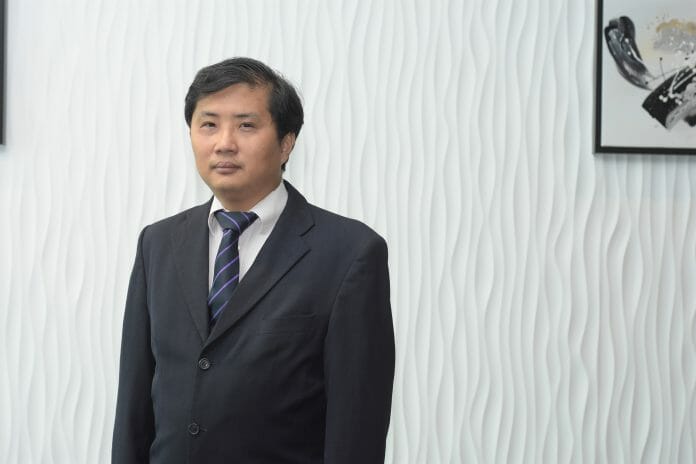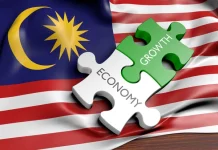By: Professor Yap Kian Meng, Research Centre for Human-Machine Collaboration, School of Engineering and Technology, Sunway University
From land to sea, the ‘Sustainable Development Goals’ and ‘Planetary Health’ economy is growing rapidly, prompting businesses and companies to adopt much-needed sustainable practices within their organisations.
Malaysia is blessed with natural resources that continue to provide economic prosperity to thousands across the nation. While industries such as oil palm and artisanal fishing continue to thrive and benefit smallholders and individual fishermen, there is a need for short term and long-term planning to fully protect and utilise forests, mangroves and river habitats sustainably.
Since 2005, government agencies have been actively working on conserving mangroves. In Sarawak, mangrove coverage makes up 22% of the entire mangrove expanse in Malaysia. Maintaining the ecosystem formed by mangroves, also known as the “cradle of life in the sea”, is an urgent issue in realising sustainable fishing in the region.
To assist government agencies in addressing this urgent problem, funlead (Headquarter, Toshima-ku, Tokyo), Aerosense (Headquarter, Tokyo Bunkyo-ku, Tokyo), University of Technology Sarawak (UTS), and Sunway University (Malaysia) submitted a joint proposal to the Asia Pacific Telecommunication Union (APT) in 2021 to predict plant health mapping in mangrove/Nipah protected areas in Belawai, Sarawak, Malaysia.
The idea behind the proposal – “Using drone and high-resolution imagery technology to predict plant health and artisanal-fishing in mangrove/Nipah and riverine ecosystems in Sarawak” was to help source for best local solutions to environmental issues through Sensory Technology, Artificial Intelligence (AI) and imaging.
Funded by the government of Japan, the proposal was successfully adopted and implemented by APT, allowing government officers to build a map and a database for healthy and non-healthy mangroves, to assist in planning and mitigation efforts by using 4k drone cameras.
Operations of drone images
Although the Malaysian government has taken it upon itself to regulate drone regulations, supporting such activities through teaching and research is important. The Asia’s First Certified Drone Technical Academy in Pahang is a good starting point. It offers certified, commercial and industry-specific drone training for beginners and drone pilots.
Another aspect perhaps to explore is to simplify the registration requirements and set up regulations. Authorities, businesses, drone pilots and local SMEs can also work together and gear up to compete with the regional players and drone makers. This will bring business opportunities for both local players and the country.
Business opportunity through the mapping of mangrove forests
The success of the mangrove forests mapping in Sarawak set the stage for the possibility of expanding the use of drones in other cash crops, including oil palm trees.
The ability to capture images that reflect unique pixels reflections to the trees on the ground, providing better data for analysis to identify each plant’s characteristics increases the allure of using technology in agricultural processes.
The same technique can also be extended to create maps of palm trees, improve productivity, and thus increase revenue in the long run through technology. This opens up tremendous business opportunities across the oil palm value chain, helping larger corporations and smallholders alike.
Improving fishermen’s incomes via sustainable artisanal fishing
The mapping of artisanal fishing provides a link between the mangrove forest and artisanal-fishing activities. By protecting mangroves, local communities can improve the fishing outputs. The technology will also be used to construct maps and create hotspots of fishing activities by the community. The mapping will support sustainable fishing, thus helping the community improve incomes, especially due to the financial stresses created by COVID-19. This will improve the local economies and villagers’ incomes as rivers are well protected, creating eco-tourism potential.
This mapping project has initiated a new sustainable environmental deployment database for the protected area reserved for rural communities in Borneo. Based on the field experience, B40 communities are also relying on the incomes from artisanal fishing to sustain their living, hence the urgent need for all sectors to work hand-in-hand to ensure the long-term prosperity of communities dependent on mangroves and the artisanal economic industry.









